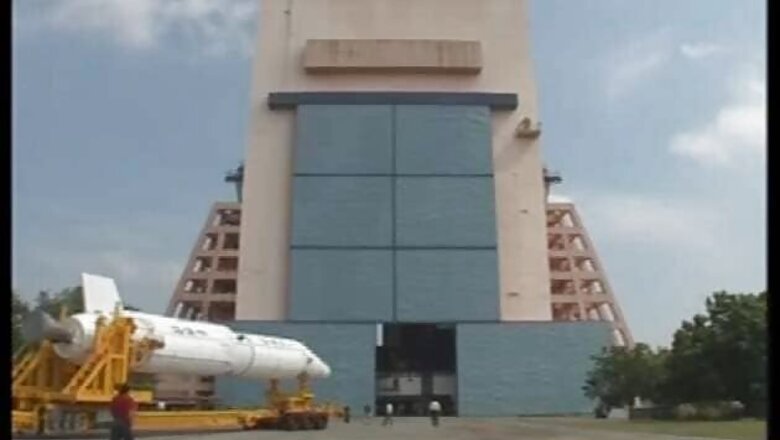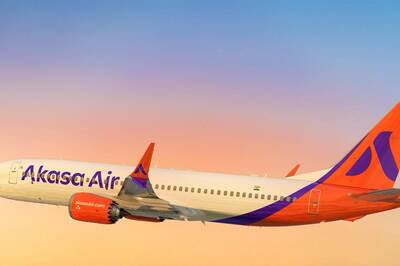
views
Bangalore: The experimental mission of India's Geo-synchronous Satellite Launch Vehicle-Mark III (GSLV-Mk III) is expected to be launched in the first half of December.
"Certain reviews are going on at the moment, we expect by December first half we should be able to have the launch," Indian Space Research Organisation (ISRO) Chairman K Radhakrishnan said.
Speaking on the sidelines of Engineers' Conclave-2014, he said the launch date would depend on preparedness, certain analysis and reconfirmation for the new vehicle and weather which would be bad from October to first week of December.
"...Also need to have the recovery of the crew module...., we are getting ready for the launch, it should happen in the first half of December," he said. The 630-tonne GSLV-MkIII will carry a crew module of 3.65 tonnes.
ISRO plans to send astronauts into space eventually. Radhakrishnan said the integration of the vehicle was complete and it was at vehicle assembly building in Sriharikota, and the electrical tests are going on "at the moment."
He said, "We are studying the vehicle because it's configuration is different from what we were flying so far (PSLV) and GSLV. We want to study how it behaves in the atmospheric phase...., several measurements have to be done and performance of the vehicle has to assessed."
On the crew module, Radhakrishnan said as it comes down, there will be lot of heat experienced by the module. "We want to measure that and then as it comes down and splashes we have to locate and recover it also," he said, adding that it is expected to splash down in Bay of Bengal about 450 km from Andaman.
Noting that a couple of tests have to be done on the crew module, the ISRO Chairman said, "One is the parachute has to be ejected and it has to reduce the velocity, and we also need to lift the module from the sea using helicopters.
These two trials are now going on; today one trial has been done for the parachute... "The crew module is sitting now in Sriharikota. By end of this month we should be able to have the vehicle and crew module all integrated and tested," he said.
On the cryogenic engine, Radhakrishnan said, "That is developing well....This engine is different compared to cryogenic engine used for GSLV. The difference is that it used a staged combustion cycle, and the new one uses gas generator cycle.
The difference is that in the gas generator cycle we can test all elements separately. In the previous case we were required to have total stage to have the test." He said thrust level in the new one is to 20 tonne, three times the earlier one (7.5 tonne). He said the engine-related tests had been conducted.
"In another five to six weeks, we should be able to have the first firing of that engine on the ground, which we call hot touch- it will be done in Mahendragiri..." Radhakrishnan said, "This experimental flight of GSLV-Mark III provides all the inputs required, and then we can have first developmental flight of GSLV-Mark III in two years, that is the schedule at the moment.
At that time it will carry a communication satellite. Four tonne is the nominal payload capability. For the first flight we may go with three-and-a- half, and then gradually increase." The first development flight (GSLV Mk-III D1) with an operational cryogenic stage is planned between 2016 to 2017. The second development flight (GSLV Mk-III D2) is planned after one year of GSLV Mk-III D1 flight in 2017 to 2018.

















Comments
0 comment